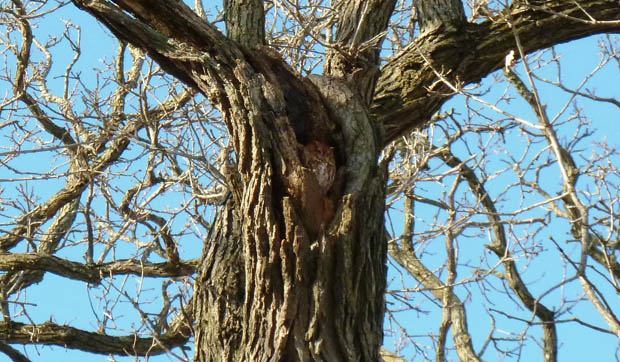Screech owls prefer to roost in spots like tree cavities, which offer protection from the elements. Birders need sharp eyes, and a little luck, to spot these beautiful birds. Birds flock to Hickory Knolls February 2, 2018 When we lead a nature program on the Hickory Knolls grounds, some things are a given. We know
Economy of Motion

The tracks that proceed straight down the middle of this sidewalk show how, especially in winter, coyotes can be masters of efficiency. Not as step was wasted as the individual moved from north (top of photo) to south. Economy of Motion January 26, 2018 The other night my dog Joey and I decided to take
Season, Tracks, WinterFinding Honey Bees
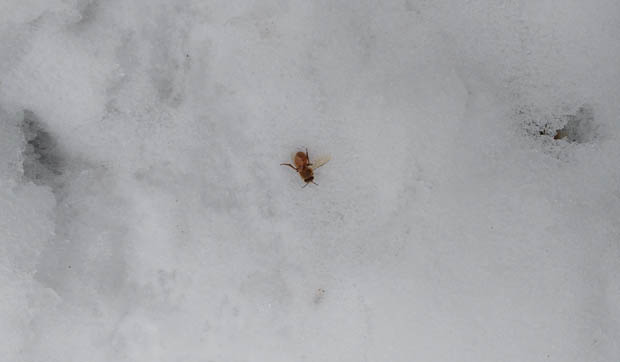
Dead honey bees in the snow – casualties of cleansing and scouting flights – are a sure sign that a bee tree is nearby. Finding Honey Bees January 19, 2018 Last week we took a look at the secret lives of honeybees – how they work through spring, summer and fall in order to produce
Honey, Honey Bee, PollinatorsHoney Bees
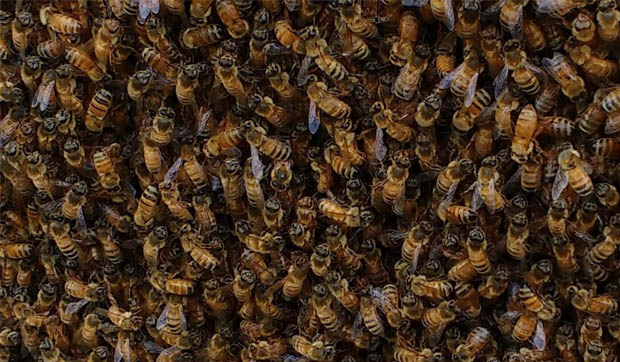
All for one and one for all! Fueled by their namesake food, honey bees work communally to maintain the internal temperature of their winter cluster at or near 96oF. Honey Bees January 12, 2018 Boy, talk about a honey of a deal. At a time when most insects are whiling away the hours in some
Honey, Honey Bee, PollinatorsBirds in Winter
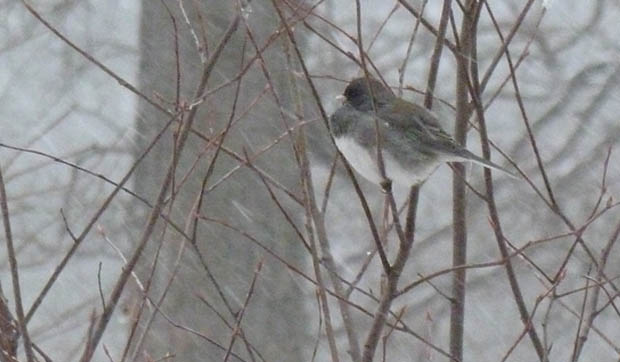
A dark-eyed junco at Hickory Knolls braves the elements with its feathers fluffed out, a tactic that helps improve insulation from the cold. Birds in Winter January 5, 2018 This latest weather blast has me thinking of winters gone by, particularly those of my childhood. Back then, girls weren’t allowed to wear pants to school
Bird, Feather, FlyHoliday Lights Recycling

The lobby of the City of St. Charles Public Works Department is one of several locations local residents can deposit their unwanted holiday lights and extension cords. Elgin Recycling will remove the copper and plastic, and donate the net proceeds from the resale to America In Bloom – St. Charles. Holiday Lights Recycling December 29,
Extension Cords, Holiday Lights, Light RecyclingCharacteristics of Pileated Woodpeckers
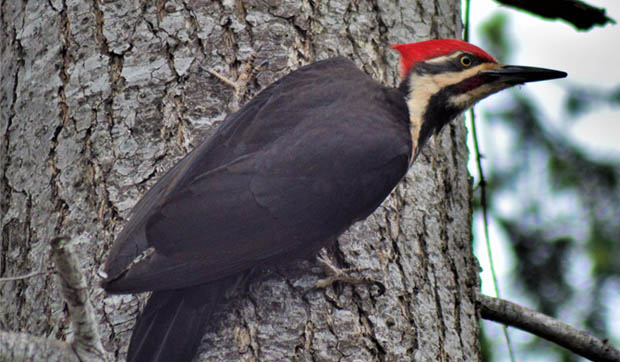
This male pileated woodpecker shows off his massive beak, which is used for excavating food as well as nest cavities from dead trees. (Photo credit: BryanHanson at MorgueFile.com) Characteristics of Pileated Woodpeckers December 22, 2017 Last week in this space we pondered the presence of the pileated woodpecker, Dryocopus pileatus, here in Kane County. Only
Bird, Fly, Pileated Woodpecker, WoodpeckerHave you spotted a pileated woodpecker?
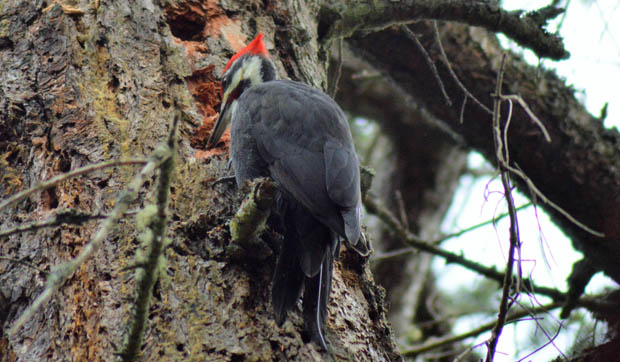
The crow-sized pileated woodpecker has been appearing in our area with increased frequency. If you’re not lucky enough to see the bird itself, you can still search for its distinctive excavations on dead trees or fallen logs in rich woodlands. (Photo credit: BryanHanson at MorgueFile.com) Have you spotted a pileated woodpecker? December 15, 2017 So
Bird, Pileated Woodpecker, Stonefly Nymph, WoodpeckerThe Naturalist’s Language
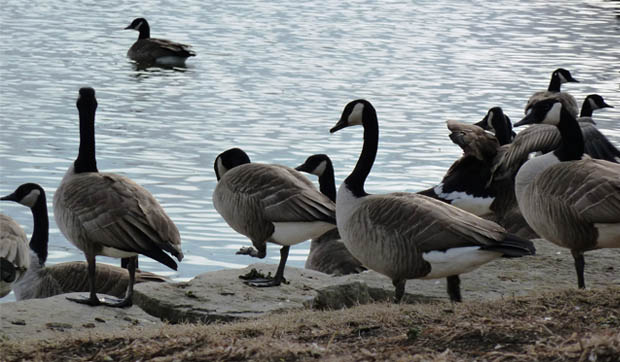
Do you speak naturalist? Here’s a test: What do you call these birds, Canada geese or Canadian geese? Hint: You may need to check their passports. The Naturalist’s Language December 8, 2017 If you’ve spent much time with a naturalist, you’ve likely noticed that we tend to live in our own little world. It’s a
Bird, Canada Geese, Fly, GeeseTurkey Tails
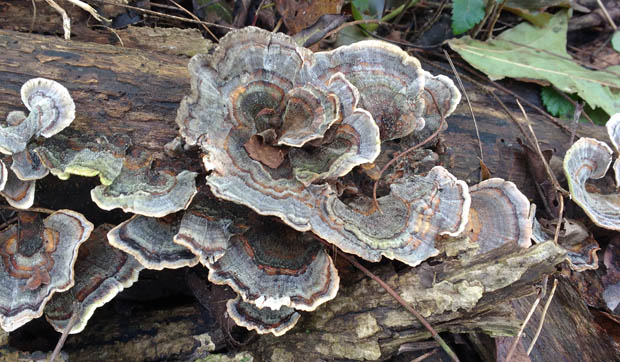
A member of the bracket, or shelf, fungus family, turkey tails add a subtle hint of color to the late-fall woodland floor. Turkey Tails December 1, 2017 If turkey graced your holiday table last week, you know what this week means: The tail end of the bird. But rather than turkey soup, turkey a la
Fall, Fungus, Turkey Tails
